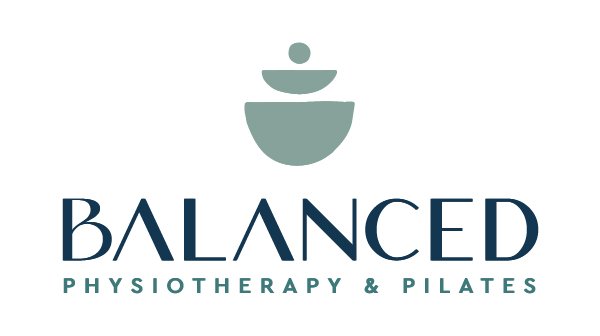The Science of Strong Bones: How Movement Signals Your Body to Build Strength
We often think of bones as static structures — but they’re surprisingly active and responsive. Your bones are living tissue, constantly being renewed in response to how you move. This process is called bone remodelling.
How Movement Talks to Your Bones
When you move, your muscles pull on your bones and create tiny mechanical strains. These strains are detected by osteocytes — the specialised cells that act as your bone’s “sensors.”
In response, osteocytes release signals that:
Stimulate bone formation (osteoblast activity)
Slow down bone breakdown (osteoclast activity)
Over time, your bones adapt to the type and amount of load you place on them — becoming stronger and denser where it’s needed most. This principle is known as Wolff’s Law and forms the foundation of the mechanostat theory (Frost, 1987).
What Type of Exercise Builds Bone?
Not all exercise sends the same message to your bones.
Research shows that the most effective bone-building (osteogenic) activities share these key features:
High intensity: Bones respond when strain levels are high — think lifting weights or impact-based moves.
Dynamic loading: Movement that’s quick and varied (like jumping, hopping or brisk directional changes) is more effective than holding static positions.
Short, intense bursts: Just a few strong loads with rest between sets stimulates bone cells more than long, steady sessions.
Novelty: Changing your movement patterns keeps bones adapting — new angles and challenges encourage growth.
In contrast, low-load or repetitive movements such as swimming or gentle cycling are excellent for fitness, but less effective for bone density.
What the Research Tells Us
Studies consistently show that:
High-impact and resistance exercises increase bone density at key sites like the spine and hips (Martyn-St James & Carroll, 2010).
Bones respond best to dynamic, high-rate loading — rapid movements rather than slow or static ones (Robling et al., 2002).
You only need a few effective loading cycles each day to make a difference (Turner, 1998).
What This Means for Women’s Health
For women in midlife and beyond, bone loss can accelerate due to hormonal changes. The good news: it’s never too late to support bone strength.
We can help you safely:
Integrate resistance and impact-style movements into your exercise routine
Target bone-vulnerable regions such as the spine, hips and wrists
Build strength progressively, even if you’re new to weight-bearing exercise
Traditional Pilates focuses on control and alignment — both valuable for posture and stability. When we add resistance (springs, weights, or bands) and dynamic loading, it becomes a powerful tool for bone health too.
Your bones are listening to how you move. By challenging them with the right kind of load — safely, progressively, and under professional guidance — you can help maintain bone density and confidence at every stage of life.
